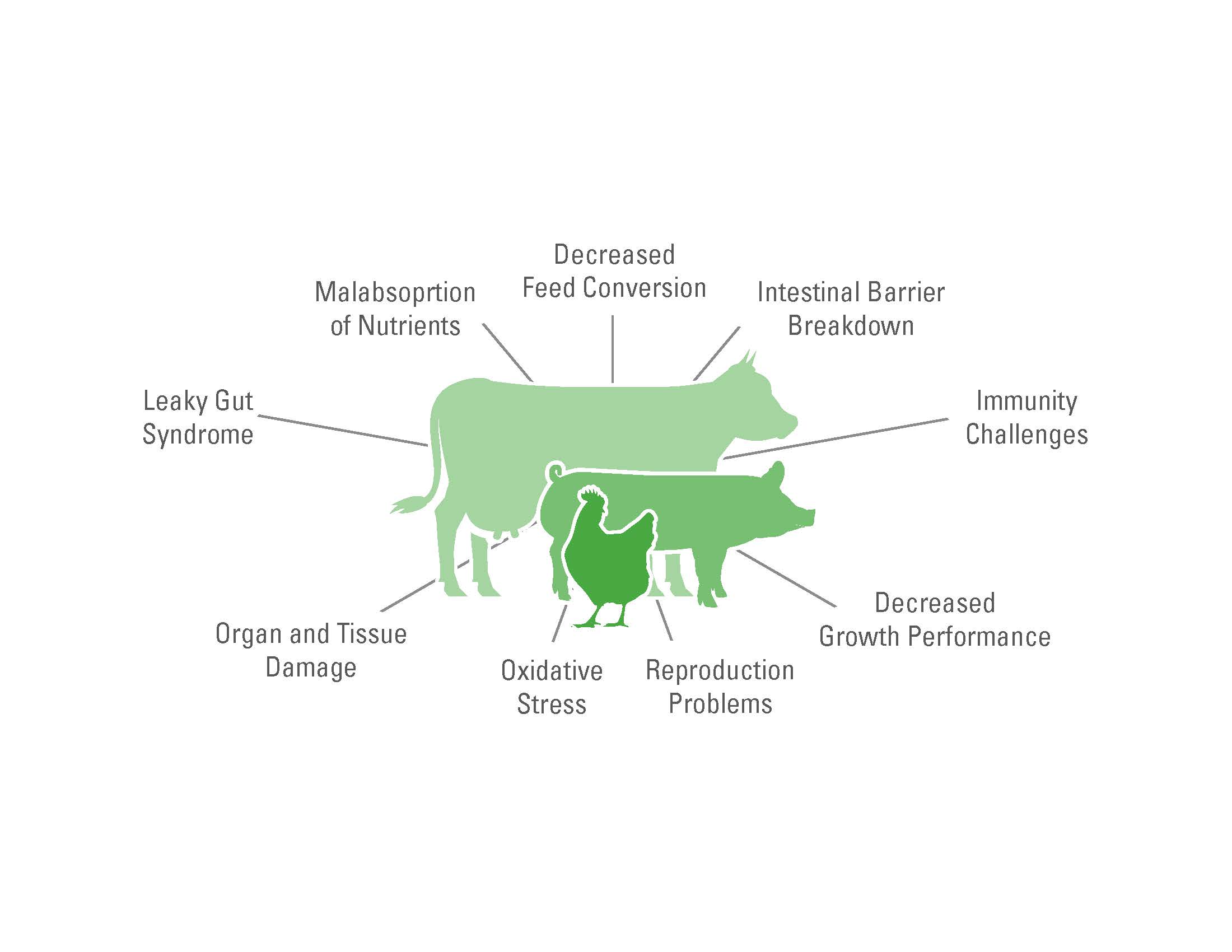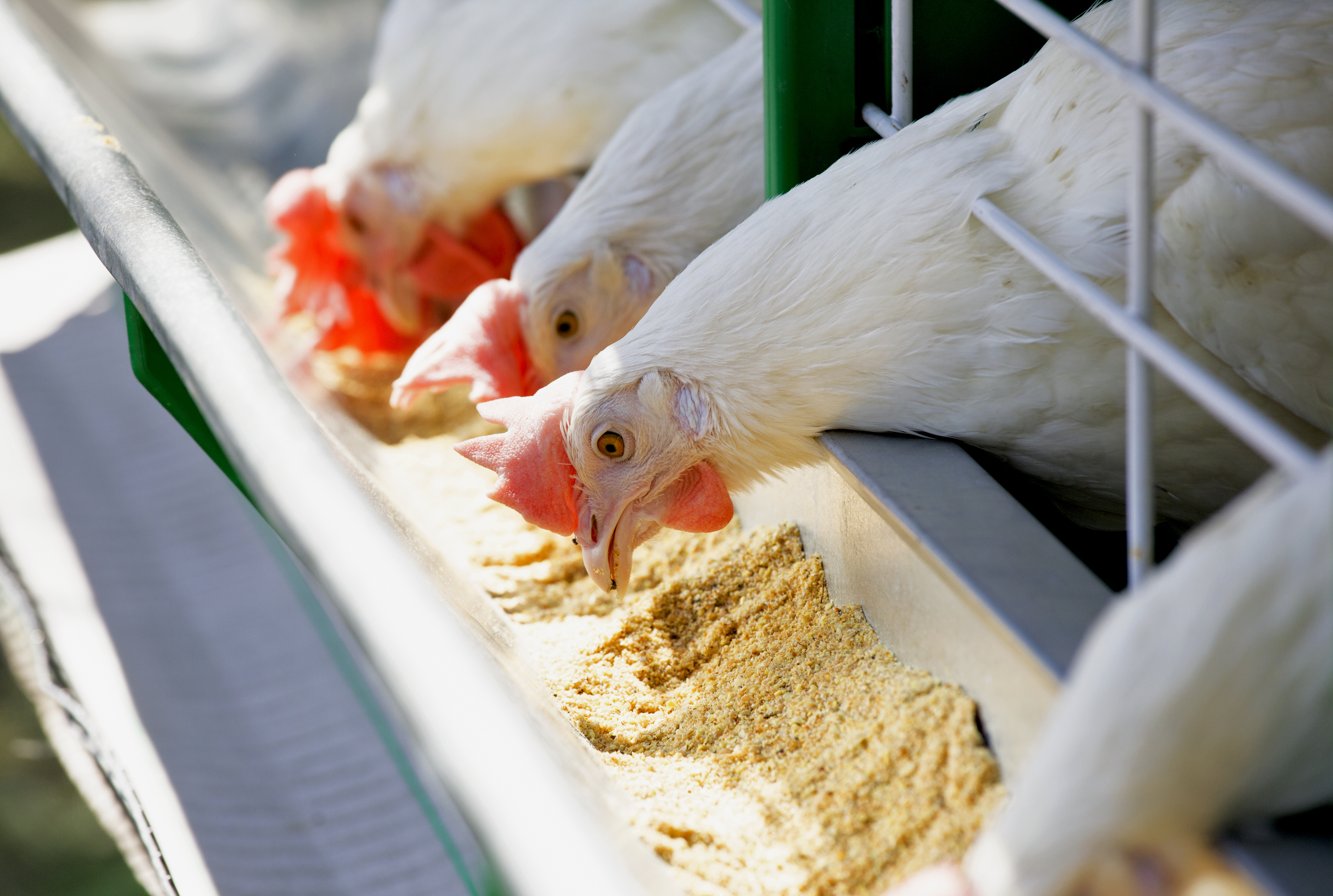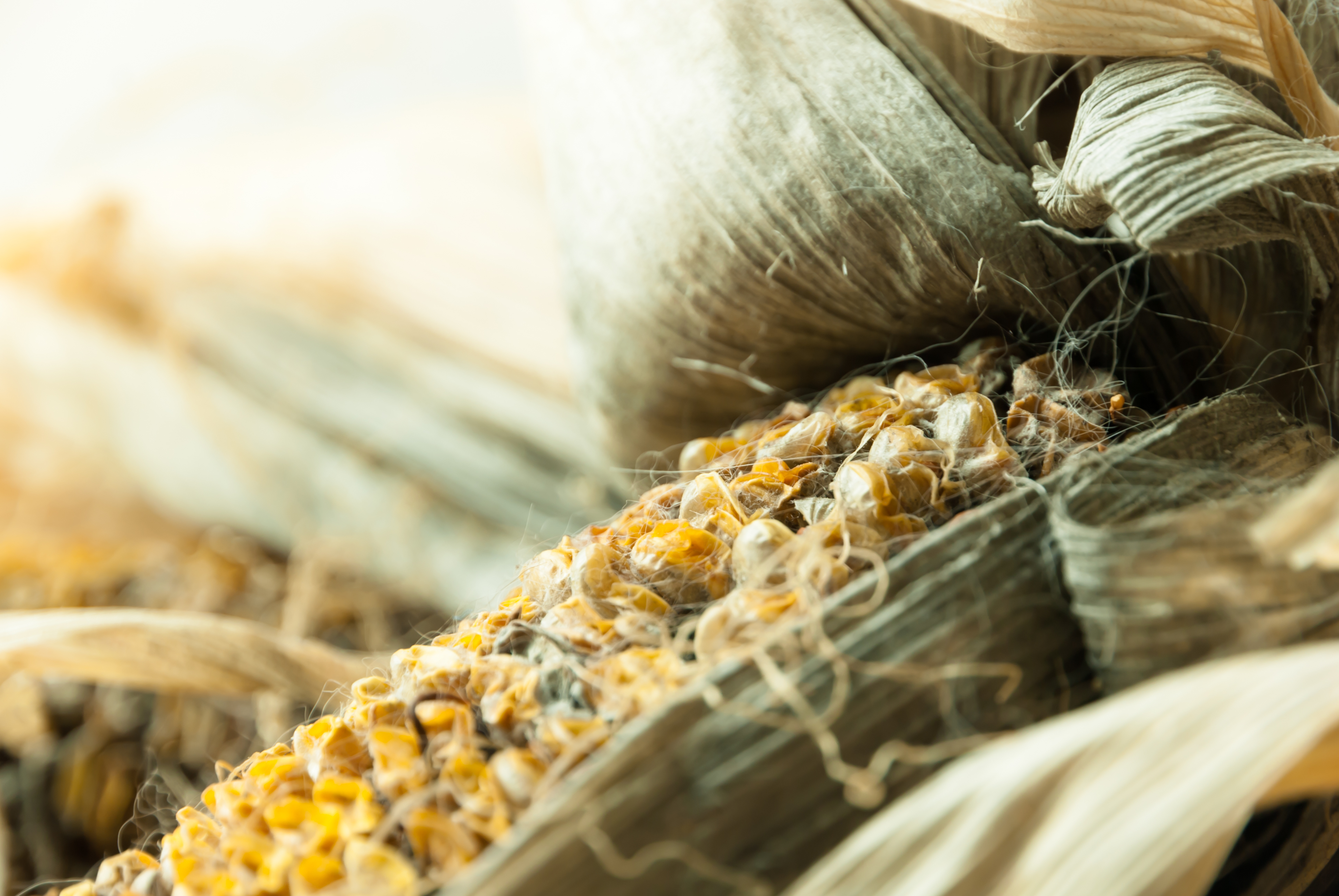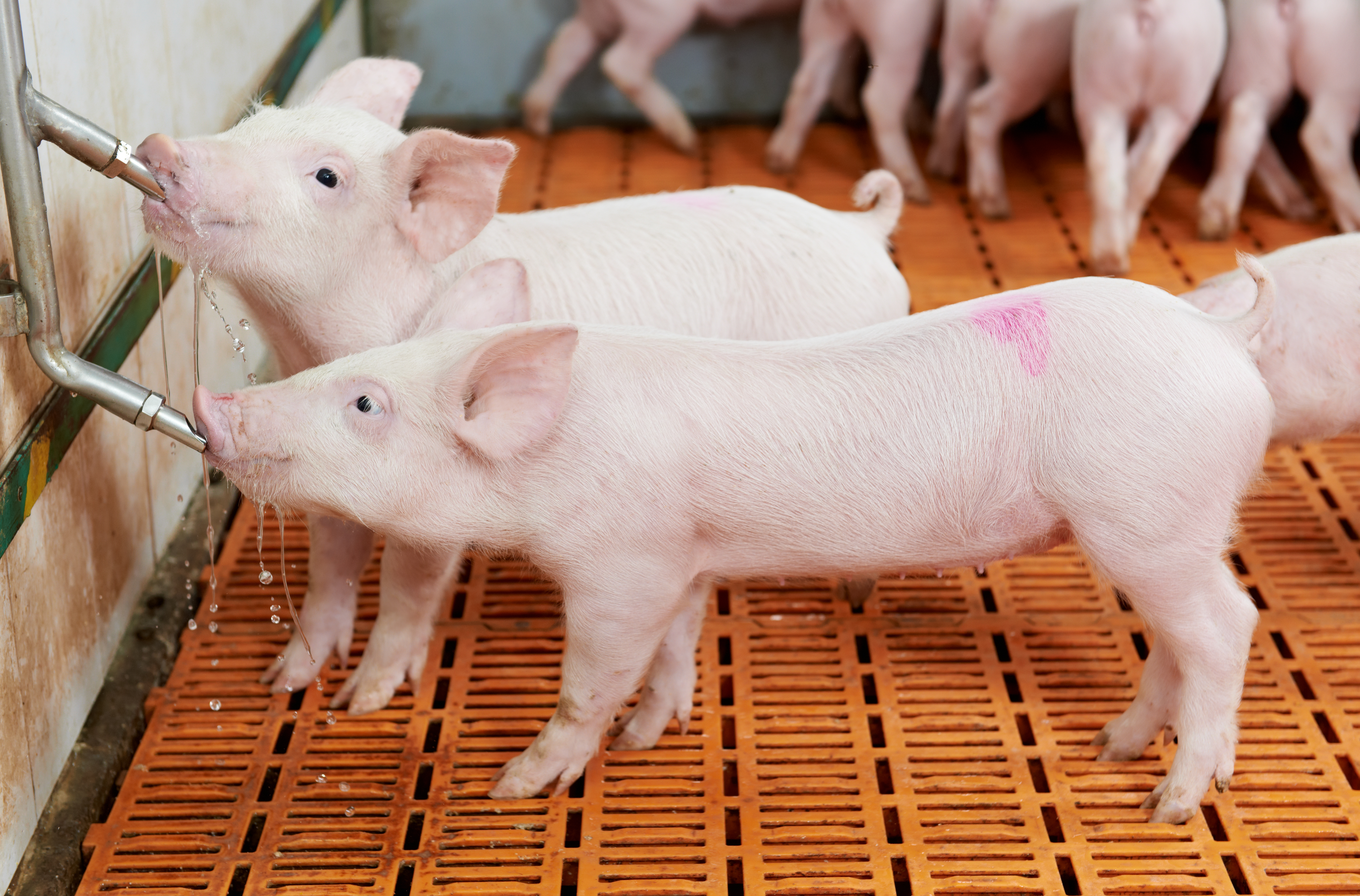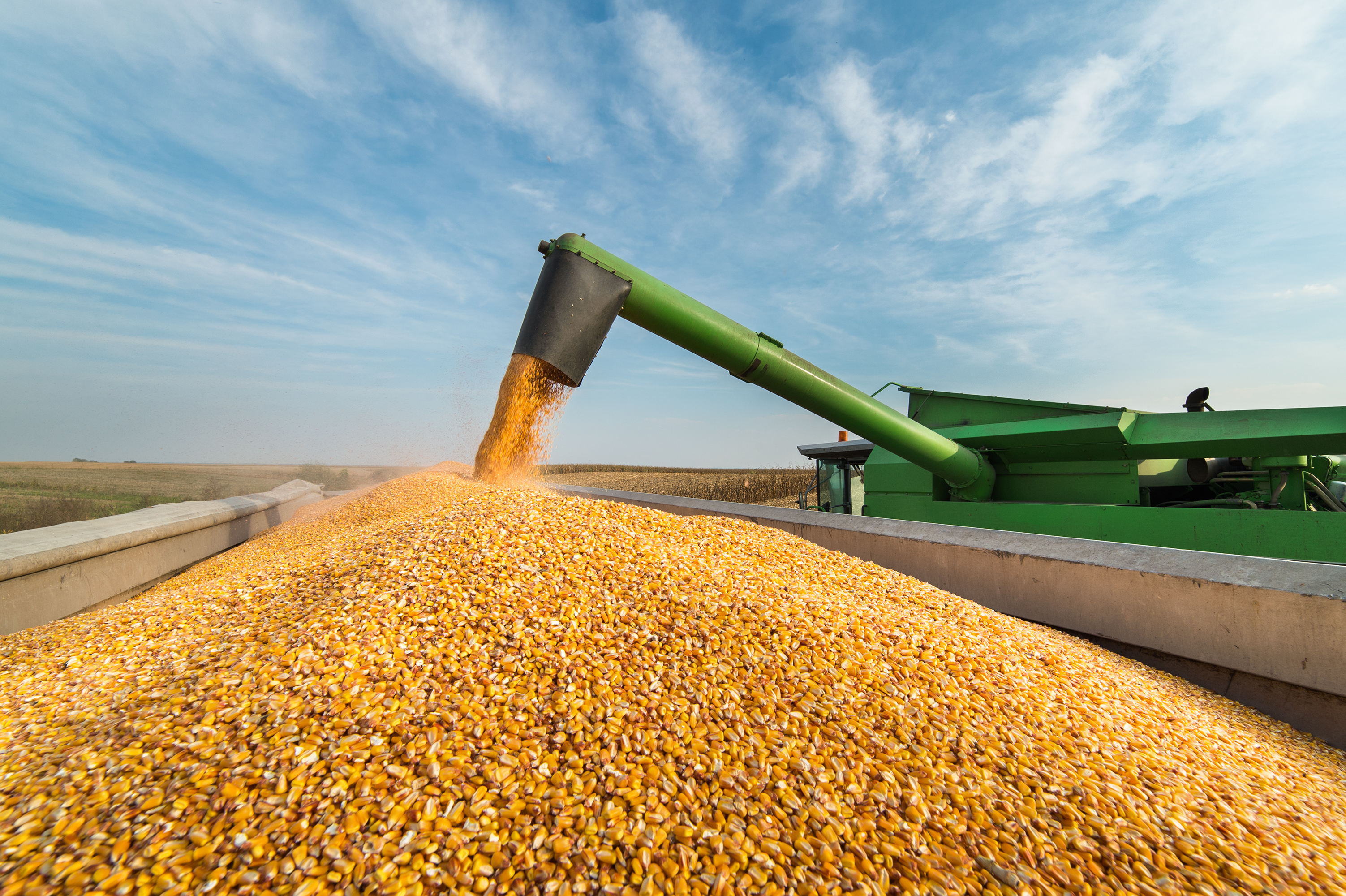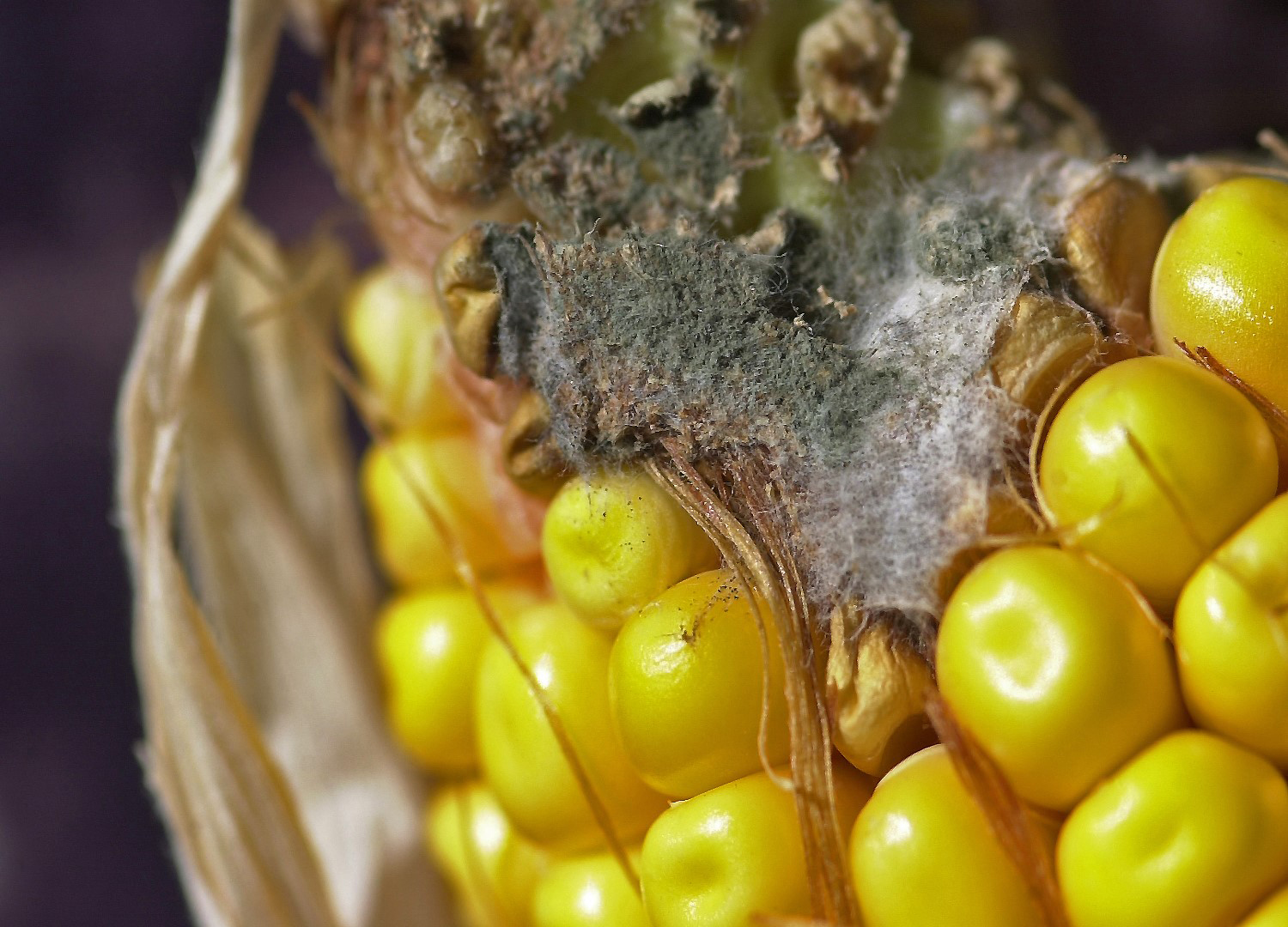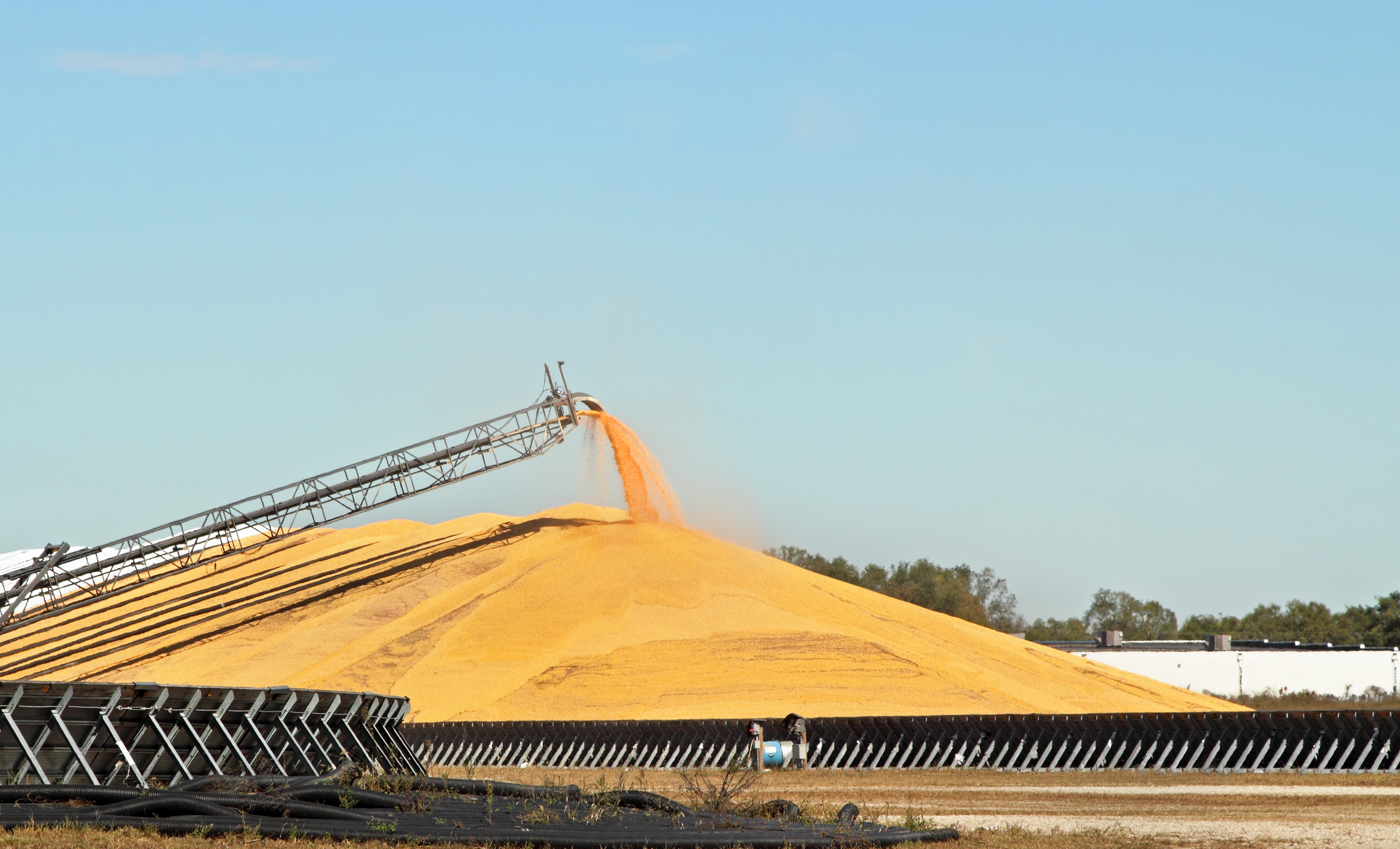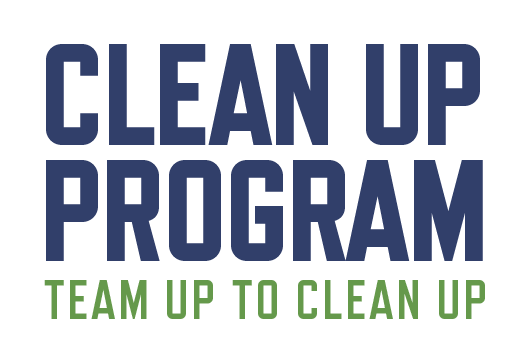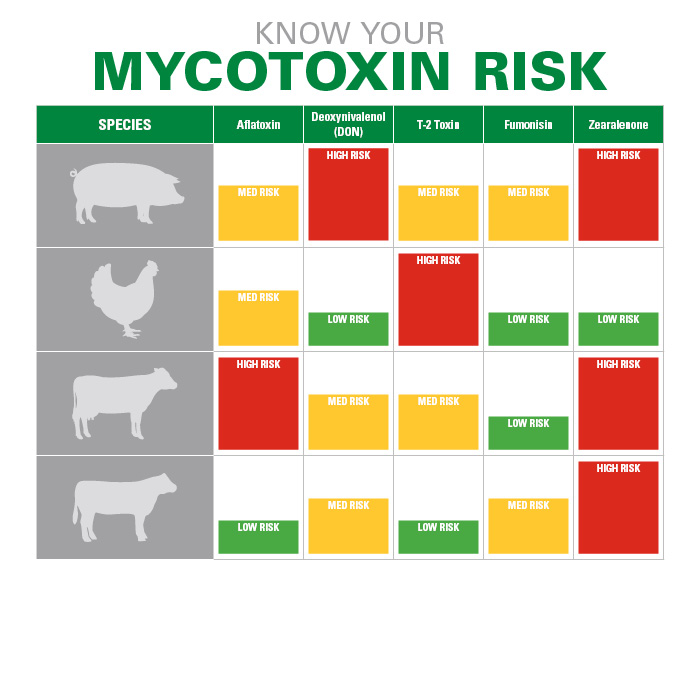 Know Your Mycotoxins and How to Knock them Down: Zearalenone and Fumonisin
Know Your Mycotoxins and How to Knock them Down: Zearalenone and Fumonisin
There’s bad news if you feed livestock: Nearly all of the world’s feed grain supply is contaminated with at least one mycotoxin. Almost 2/3 of corn harvested in 2018 that was tested by Kemin Customer Laboratory Services (CLS) was positive for mycotoxins. More importantly, however, nearly 50% of those samples contained multiple toxins.


